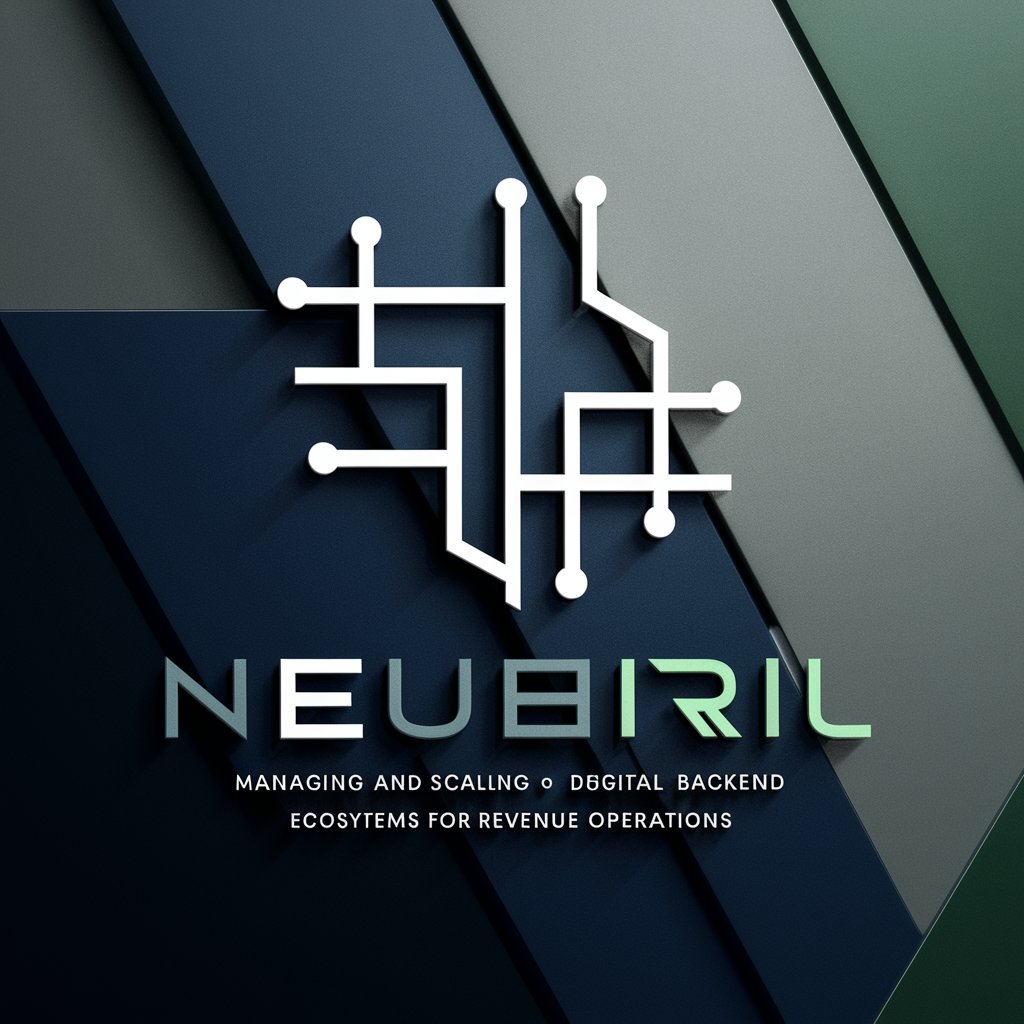Azure Arc - Cross-platform Infrastructure Management

Welcome to Azure Arc guidance. How can I assist you today?
Harnessing AI for Anywhere Operations
How can I integrate Azure Arc with my existing Kubernetes clusters?
What are the steps to configure Azure Arc for hybrid cloud management?
Can you guide me through the setup process for Azure Arc-enabled servers?
What are the best practices for using Azure Arc in a DevOps pipeline?
Get Embed Code
Overview of Azure Arc
Azure Arc is a service from Microsoft that extends Azure's management capabilities to resources across on-premises, edge, and multicloud environments. This service is designed to bring Azure services and management to any infrastructure, including Linux and Windows servers, Kubernetes clusters, and databases in any physical location. Azure Arc operates under a central unified management model that simplifies complex and distributed environments. An illustrative example of Azure Arc’s utility includes a scenario where an organization wants to manage their Kubernetes clusters that are spread across different service providers and on-premises environments. With Azure Arc, they can apply consistent policies, manage configurations, and even deploy Azure data services across these varied environments, thereby ensuring compliance and streamlined operations regardless of the geographical distribution of the infrastructure. Powered by ChatGPT-4o。

Core Functions of Azure Arc
Unified Management
Example
Using Azure Arc to manage virtual machines across multiple clouds
Scenario
A company uses a combination of AWS EC2 instances and Azure VMs. With Azure Arc, the IT team centrally manages these resources from Azure, applying updates, monitoring health, and ensuring security policies are uniformly applied across all VMs irrespective of their cloud provider.
Policy and Governance
Example
Applying compliance policies to Kubernetes clusters using Azure Arc
Scenario
An organization needs to ensure that all their Kubernetes clusters, whether on-premises or in a public cloud, comply with regulatory standards. Using Azure Arc, they enforce governance and compliance policies across these clusters seamlessly, enabling consistent regulatory adherence and reducing manual oversight.
Extending Azure Services
Example
Deploying Azure SQL Database on on-premises Kubernetes
Scenario
A business wants to leverage Azure SQL Database features but needs to keep data on-premises for compliance reasons. Using Azure Arc, they deploy Azure SQL Managed Instances on their local Kubernetes environment, benefiting from Azure’s advanced database management features while keeping their data within their physical control.
Ideal Users of Azure Arc
Enterprises with Multi-Cloud and Hybrid Cloud Strategies
Large enterprises that utilize a mix of on-premises, multi-cloud, and edge environments often face complexities in managing such diverse infrastructures. Azure Arc is ideal for these organizations as it simplifies the management and ensures consistent operations across all their computing resources.
IT Compliance and Security Teams
For teams responsible for compliance and security, Azure Arc provides essential tools to enforce governance and control policies across different environments. This capability is crucial for organizations needing to adhere to strict regulatory requirements while using a combination of cloud and on-premises resources.

Steps for Using Azure Arc
1
Start your journey by visiting YesChat.ai to activate a free trial without the need for a login or subscription to ChatGPT Plus.
2
Install the Azure Arc agent on your servers or Kubernetes clusters to connect your on-premises and multi-cloud resources to Azure.
3
Configure Azure Arc to manage your virtual machines, Kubernetes clusters, and data services through the Azure portal, using familiar Azure tools and practices.
4
Apply governance and security policies across your infrastructure, ensuring compliance and consistent management practices, regardless of location.
5
Monitor and manage your resources using Azure’s integrated management services such as Azure Monitor and Azure Security Center to optimize performance and security.
Try other advanced and practical GPTs
Kiddo Scheduler
Streamlining school schedules with AI

Class Scheduler
Automate Your Academic Life

Scheduled & Recurring Posts
Automate your posts with AI-driven precision

Blaze and Chill
AI-Powered Cannabis Insights

Dayrise Spark | Energize Your Mornings
Energize Your Mornings with AI

AutoCAD Assistant
AI-powered AutoCAD guidance, simplified.

Azure Bicep Engineer
AI-powered tool for Azure Bicep automation

MC Bedrock Dev Assistant
AI-powered Minecraft Bedrock development assistant.

Financial Fraud Prevention Mentor
Empowering fraud prevention with AI

Pet Pal - Shares stories and facts about pets
Explore the World of Pets with AI

Backend Ecosystem Revenue Operations AI
Optimize Your Backend, Boost Your Revenue

Hola, Mundo
Master Tech Spanish with AI

Frequently Asked Questions About Azure Arc
What is Azure Arc?
Azure Arc is a set of technologies from Microsoft that extends Azure management and services to any infrastructure, enabling you to manage your Windows and Linux servers, Kubernetes clusters, and data services across on-premises, edge, and multi-cloud environments.
How does Azure Arc help with multi-cloud management?
Azure Arc allows organizations to manage their resources across various cloud providers using Azure’s management tools. This unified approach simplifies governance, deployment, and operations across environments, offering a single pane of glass for management.
Can Azure Arc manage Kubernetes clusters not originally created in Azure?
Yes, Azure Arc can manage Kubernetes clusters regardless of where they were originally created. It extends Azure’s management capabilities to clusters running on other clouds, in on-premises data centers, or at the edge.
What are the security benefits of using Azure Arc?
Azure Arc enhances security by applying Azure’s security and compliance standards across your environments. It allows for the consistent application of role-based access controls, threat protection, and compliance audits outside of Azure.
Does Azure Arc support automated operations like patching and scaling?
Azure Arc supports automation by leveraging Azure’s management and DevOps practices. It enables automated scaling, updating, and configuration management across your hybrid and multi-cloud resources.
